
Lot 71
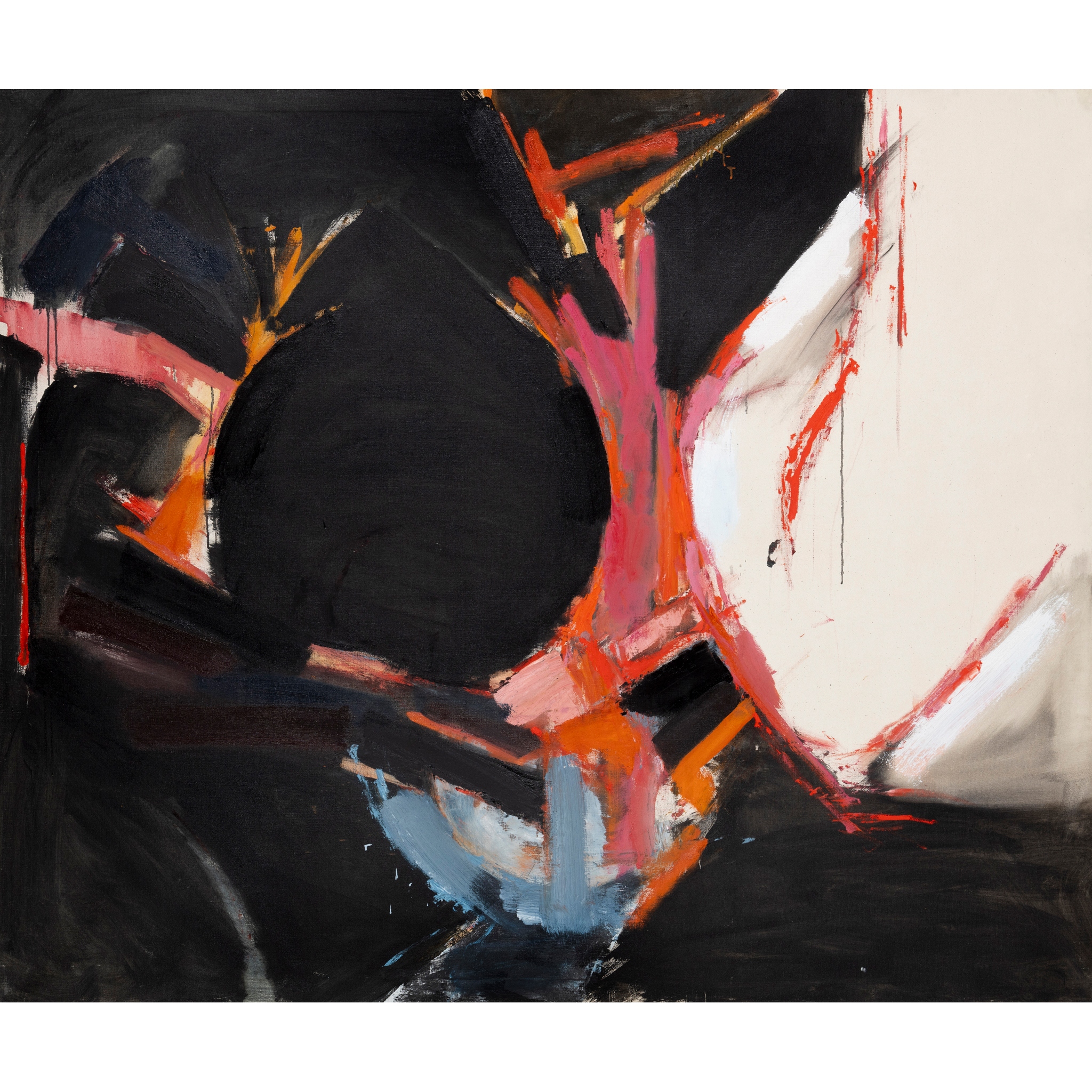
ADRIAN HEATH (1920-1992) §
BLACK PAINTING NO. 1, 1960
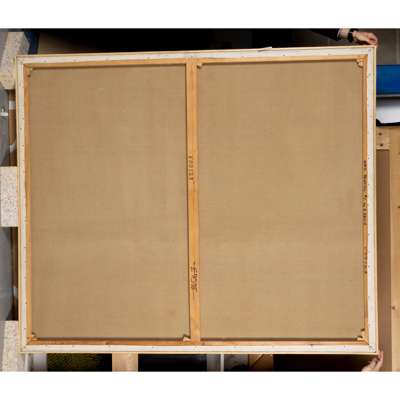
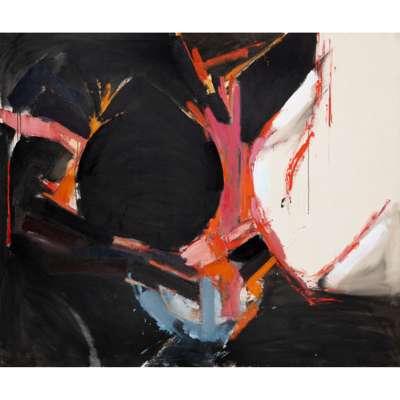



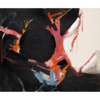
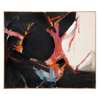
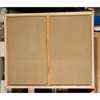
Auction: MODERN MADE Part I | 31 October 2024 | Lots 41 to 79
Description
oil on canvas
Dimensions
152cm x 182cm (59 7/8in x 71 ¾in)
Provenance
Private Collection, U.K., acquired c.1980s.
Footnote
This striking, sweeping work by Adrian Heath marks a key moment in his career, as it was in 1960 that he definitively moved away from the tightly rendered geometry of his breakthrough works of the 1950s, towards a looser, more instinctual and gestural method of image-making. In the present work, especially in the use of black as the dominant colour, one thinks immediately of, say, Robert Motherwell and Franz Kline. This is certainly an ‘American’ painting in look and feel. Heath may have been a decade older than the likes of Robyn Denny, Richard Smith and Ralph Rumney, who are often seen as the earliest British artists to ‘adopt’ American Abstract Expressionism and the writings of Clement Greenberg, but the influence of the two major exhibitions of the new American painting at the Tate in London - in 1956 and 1959 - was always unlikely to pass by an artist as sophisticated as Heath, who had been up to date with anything and everything avant-garde in art since the 1940s.
As well as conceptual and stylistic cues, American art also offered British painters a glimpse into the possibilities of scale – a scale that matched the philosophical ambition of Abstract Expressionism to create new worlds, rather than merely replicate the one around us. These ambitions would have been held in check in Britain in the 1950s, with rationing affecting supplies of canvas and paint, but by the late ‘50s and early ‘60s, both space to work and material to work with had become available. Heath’s work noticeably became larger in the 1960s - part of this boom in the scale of British art - the new ‘situation’, to take the title of the ground-breaking exhibition at the Royal Society of British Artists Galleries in 1960, where the only requirement to entry was that the work should be ‘not less than 30 square feet’ in size.
Another key influence on the shift in Heath’s art was his time spent teaching at the Bath Academy of Art at Corsham Court in the late ‘50s. There he worked with the likes of Peter Lanyon and Robyn Denny, in an atmosphere that prized experimentation, improvisation and the primacy of gestural painting. Heath’s work of the early ‘60s runs parallel with that of Lanyon – and Heath himself had long been embedded in the scene in St Ives, even if he stayed resolutely fixed in Fitzrovia. He was a great conduit of ideas running between these two centres of British modernism – with Patrick Heron then carrying this link over the Atlantic, creating a unique and often overlooked connection between the American and British art worlds.
Yet for all that is new and different about Black Painting, it still speaks to the fundamentals of Heath’s paintings of the 1950s, in which he tracked the shape and form of spirals slowly unwinding under the pressure of their own coiled energy. In his works of the ‘60s, this energy was exploded, the elements forced apart, although a sense of circular movement remains. And whilst they look very different from his first experiments in abstraction, these paintings still adhere to the ideas that Heath laid out in 1954 in Nine Abstract Artists, edited by Lawrence Alloway, the first ‘manifesto’ of British Constructive art, namely: ‘The thing of interest is the actual life of the work: its growth from a particular white canvas or board…It is the process, the method of development that is the life of the painting and this that absorbs my interest rather than the attractions of any particular form or colour. The forms themselves, their size and position are born from the process.’








